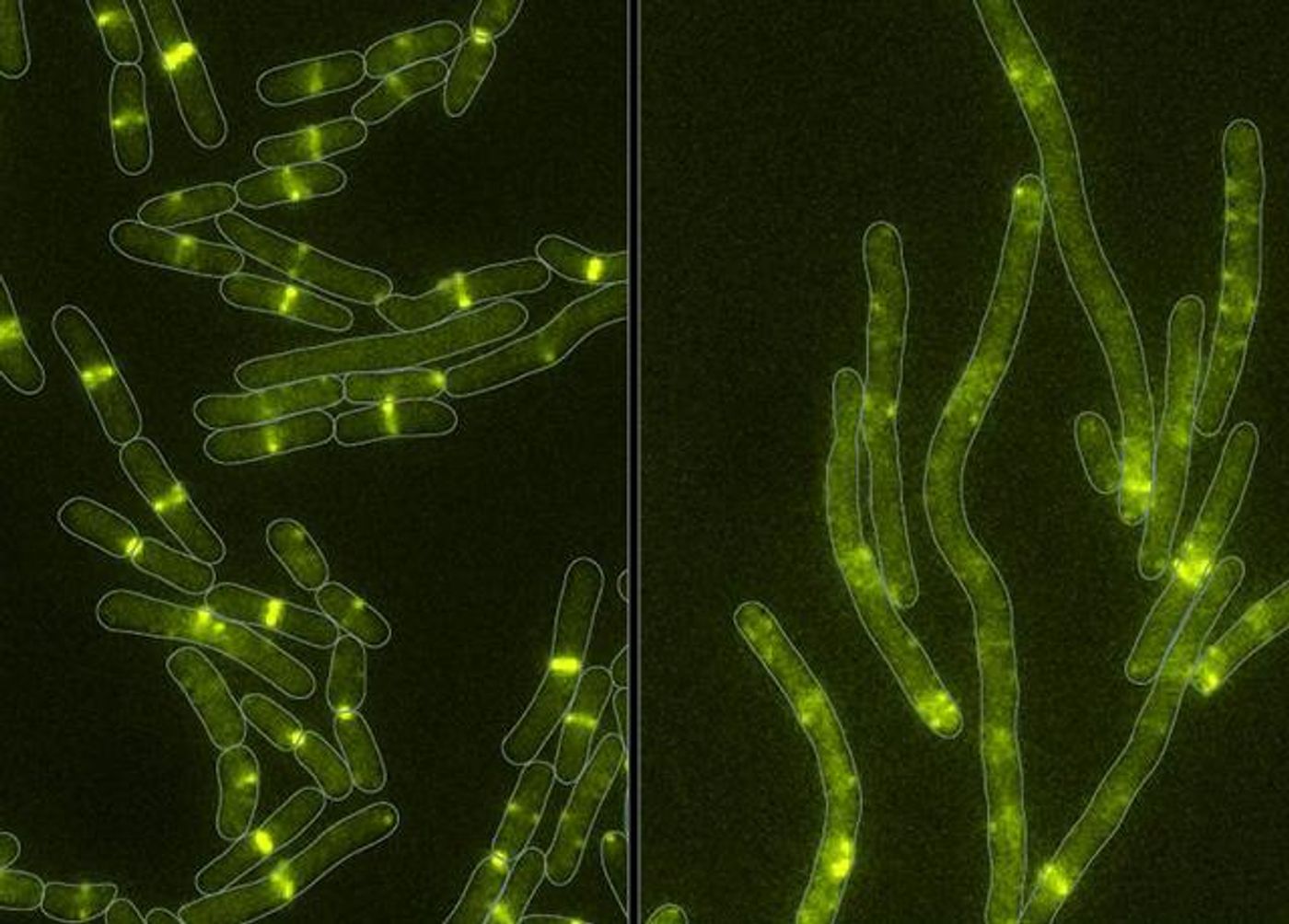A Newly Discovered Bacterial Toxin Reveals More About Bacterial Warfare
Even bacteria have to use self-defense. Some deploy toxins that they can utilize to dominate other microbial competitors. Researchers have discovered a new bacterial toxin that is different from others we've found. The scientists were surprised to see that this toxin, called Tre1, acts like the ones made by cholera, pertussis, and diphtheria, but instead of against human cells, they use Tre1 against other bacteria. The findings have been reported in Cell.
"What is special about this toxin is that it acts by the same biochemical mechanism as some infamous toxins employed by human pathogens, which evolved much later than the toxins bacteria use against each other," explained UW Medicine microbiologist Brook Peterson. Peterson works in the lab of Joseph Mougous, professor of microbiology and biochemistry at the University of Washington School of Medicine in Seattle.
Bacterial toxins can disrupt essential proteins inside the host cells it invades. Cholera, for example, interferes with cells in the gut, causing them to release far too much water and salt, which results in severe diarrhea. Of course, bacteria won’t get diarrhea, but when they are exposed to the Tre1 toxin, they exhibit signs of serious illness.
The researchers used the microbe Serratia proteamaculans to learn more about bacterial competition. This microbe can live in tree roots or encourage plant growth. It can also reside in the gastrointestinal tract of different animals, and can also grow in food, where it causes spoilage.
Microbes often have to compete for resources, so when too many bacteria show up, the herd must be culled so others can survive. Tre1 helps kill off bacteria, reducing the population so S. proteamaculans can live. “The toxin we have discovered targets a protein, called FtsZ, that is essential for cells to divide," Peterson revealed. When this protein is blocked, the intoxicated cells grow longer and longer, she noted. Those cells eventually break open and die.
Bacteria that use this toxin, however, have to be impervious to its effects or else it won’t do much good for them to use it. The team identified a protein the bacteria make to counteract it, shielding themselves.
"This protein protects the bacterium from both the toxin it produces itself and from toxins that function by the same mechanism but made by other species," Peterson added.
This work offers us a close look at the offensive and defensive strategies employed in bacterial warfare. It also reveals more about how these infections cause problems for people.
The researchers suggest that when bacterial competition heats up, it can induce the creation of new tactics and the birth of new toxins.
"Research such as this can offer clues to the evolutionary origins of the potent toxins that bacterial pathogens use to cause disease," Peterson said. "It also provides a fascinating example of the complex strategies bacteria employ in their constant battle for survival with their microbial neighbors."
Learn more about how cholera toxins work from the video.
Sources: AAAS/Eurekalert! Via University of Washington Health Science/UW Medicine, Cell









